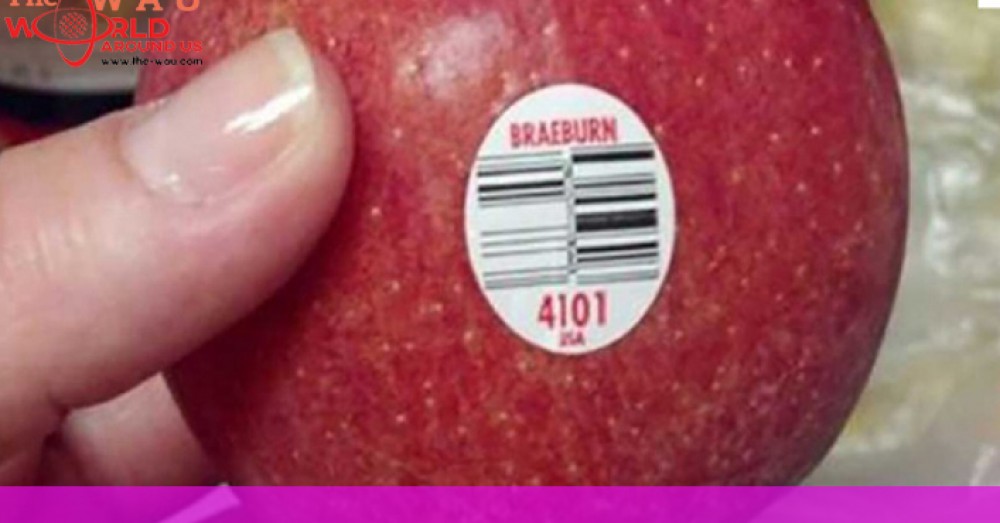The fruit labels are not only there for scanning. They have a huge impact on what we pick and how healthy it is. These labels are also known as PLU code. It may be annoying to pay attention to them, but if you learn how to read them properly, you can see if the fruits you are trying to buy are organic or chemically grown.

Yes, that is true. These tiny stickers contain codes that show what kind of chemicals, herbicides, and fungicides the fruit has. If you can read them, you can avoid them.
3 Keys for Reading Fruit Labels
1. If the PLU code begins with the number 8, it means that the fruit or veggie is genetically modified. Such an example is a banana with code: 84011.
2. So, if the PLU code has four numbers only, it means that the fruit or veggie was produced with traditional ways, in other words, with pesticides. A banana that has pesticides has the following example of code: 4011.
3. However, if the PLU code has five numbers that start with a 9, the fruit or veggie is organic. The best example of this would be a banana with code: 94011.
Why is This Important?
According to the EWG(Environment Working Group), if fruits sprayed with pesticides are a part of our diet on a daily basis, after some time, they can cause congenital disabilities, cancer, and nerve damage.
Moreover, they are harmful to children, so it is important to know which are the most commonly sprayed foods so that you can choose the organic versions:
– Tomatoes
– Peaches
– Strawberries
– Blueberries
– Nectarines
– Raspberries
– Cherries
– Spinach
– Cucumbers
– Pears
– Oranges
– Apples
– Carrots
– Grapes
...[ Continue to next page ]
Share This Post















